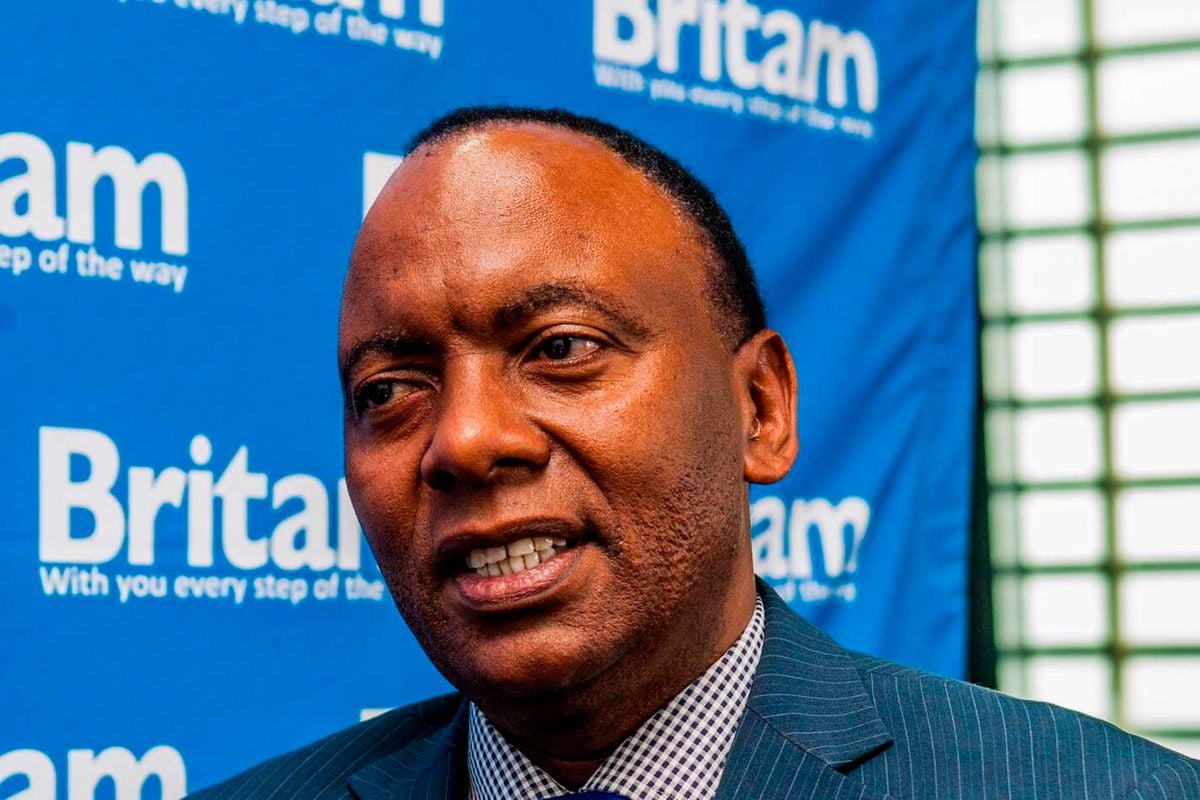Development, as a transformative journey from a lower to a more advanced state, is fundamentally supported by robust physical infrastructures that facilitate effective mechanisms, policies, and processes. Yet, this journey begins with having the right data, which paves the way for informed decision-making.
Meaningful progress in the technology sector hinges on the uniformity in the quality and flow of information. This necessitates collaboration among the government, the principal driver of progress; development stakeholders, who contribute to advancing the development agenda; and the public, the ultimate beneficiaries of these advancements.
Recently, Tanzania experienced an internet outage due to a cut in the submarine cable that supports internet connectivity across the country and neighbouring regions. This incident severely impacted Tanzania, highlighting the critical need for resilient infrastructure. Businesses were disrupted, and customers faced significant frustration as internet speeds slowed to a crawl. Such disruptions can become a relic of the past with the activation of the 2Africa subsea cable landing station, owned and operated by Airtel Tanzania.
The 2Africa cable, spanning 45,000 kilometres and connecting 43 locations across Asia, Africa, and Europe, carrying a capacity ten times larger than the previous one. This marks a substantial increase in Tanzania’s submarine cable capacity, heralding a new era of digital resilience and connectivity.
The activation of the 2Africa submarine cable system in Tanzania is a pivotal step towards achieving data inclusion in the country. This development aligns with the sixth phase government’s ongoing efforts to create a digitally inclusive economy. Access to digital data and its utilization are essential for Africa’s progress towards the Sustainable Development Goals and Agenda 2063.
The 2Africa cable landing station brings significant advantages to Tanzania’s digital landscape. It enhances the internet experience through local hosting and content transfer, ensuring superior 4G and 5G internet speeds for consumers. This sets the stage for growth among digital entrepreneurs and enthusiasts, fostering a vibrant digital ecosystem.
Beyond positioning Tanzania as a digitally resilient country, the cable system will expedite the digitization of government services and to improve public service provision, trade, and security. Superior internet connectivity will enable these advancements, with content hosted and transferred locally at high speeds.
Our commitment to addressing Tanzania’s digital needs is evident through the provision of cutting-edge fibre-optic solutions. These solutions empower businesses, education, healthcare, and communities to meet the surging demand for data across various sectors.
The 2Africa Submarine Cable positions Tanzania as a global digital gateway, fostering economic opportunities and technological advancements to meet current and future digital industry demands. This initiative will significantly enhance internet accessibility across urban and rural areas, supporting Tanzania’s digital development goals.
In addition to meeting the increasing demand for data across sectors, the activation of the cable system will play a vital role in enabling the Ministry of Information, Communication, and Information Technology to supervise the formation of a digital system to support e-commerce in the country. This investment complements the ministry’s objective for 2024/25 to construct an artificial intelligence laboratory and state-of-the-art data centres, as outlined by ICT Minister Honourable Nape Nnauye.
Internally, this level of impact showcases the tremendous opportunities the cable system presents to Tanzania’s government. The technology will support a more mature e-government and e-commerce ecosystem, creating new paths for revenue collection and building high-capacity data centres.
Currently, we are collaborating with technology companies to enable their capacities through the landing station. The 2Africa cable system presents Tanzania with opportunities for significant economic investments as hyperscalers such as Google, Amazon, Meta and Netflix move their capabilities, content, and infrastructure to Africa.
Our commitment to closing the digital divide in Tanzania and supporting the government’s vision to open the world to Tanzania through technology remains steadfast. With the cable system already operational and its potential impact evident, we call upon other stakeholders to partake in the advantages brought forth by this milestone. Together, we can drive inclusive economic growth through technology, aligning with Tanzania’s development vision for 2050.
Dinesh Balsingh is the Managing Director of Airtel Tanzania
















